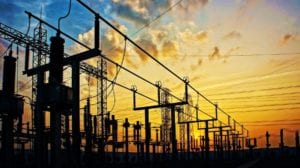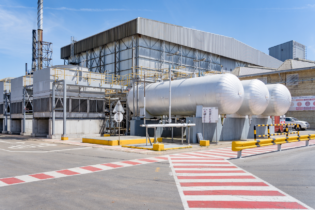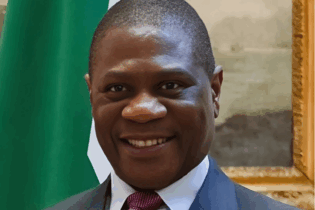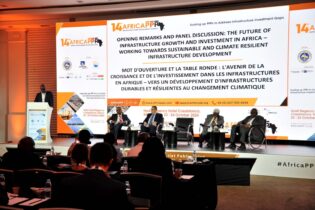An industry body that represents 320 member organisations in the solar PV industry has written an open letter to President Cyril Ramaphosa, in which it calls on him to remove limitations to private power generation as a way of supporting efforts to kick start the economy post COVID-19.
The letter, by the Chairperson of the South African Photovoltaic Industry Association Wido Schnabel was sent on Tuesday. In his letter, Schnabel writes: “We are living in unprecedented times when our economic systems, our relationship with nature and our resilience as a global community are tested — all at once. We commend you Mr President, on the leadership you have shown and the difficult decisions taken to delay the spread of Covid-19, hopefully giving our healthcare systems enough time to prepare for a peak in infections. Tough yet necessary restrictions on trading, social gatherings, and travel have dealt a massive blow to our fragile economy. To recover from the economic impact of the pandemic, we agree with you Mr President that we need a “new social compact” to “forge a new economy”. We agree that “we can no longer work in the way we have before” and it’s time to “adjust to a new reality”. We stand with you in your resolve to build an inclusive economy. In order to achieve this goal, we call on your government to relax certain electricity regulations that have made it difficult for businesses in our sector to grow and create jobs. Our economic recovery depends on the sustainable, affordable and reliable supply of energy. If we are to –– as you say –– “forge a new economy” then we cannot allow a return to the dark days of load shedding. Since the rolling blackouts of 2008, Eskom’s inability to provide a stable supply of power has throttled economic growth and battered the country’s credit rating to junk status, siting energy as the number one contributing factor. Mr President, let us use this opportunity to fix yesterday’s problems, starting with our electricity supply woes. As an industry, we support both the state-run utility model and the integration of Distributed Generation methodologies, although the latter delivers electricity at a faster rate with no cost to the Government. The Distributed Generation approach provides additional capacity to the grid, promotes broad-based participation in the energy sector, and aligns with the tenets of a just energy transition. In fact, the Distributed Generation space plays a strategic role in balancing the country’s sustainable development needs with employment security.To assess the potential of the sector to create jobs, we partnered with the Council for Scientific and Industrial Research (CSIR). According to our study, there are approximately 400 SMMEs (and growing) in the Distributed Generation space with the potential to create more than 100 000 jobs over the next 10 years. Unfortunately, the growth of the Distributed Generation market has been stymied by three factors linked to Schedule 2 of the Electricity Regulation Act (ERA). These problematic amendments came into effect in 2017.
There are three main issues:- The Integrated Resource Plan (IRP) does not explicitly spell out the allocation for Distributed Generation projects over the next 4 years. Without a clear allocation, the energy regulator does not have a clear mandate to grant licenses to entities wanting to generate electricity outside of the proposed state procurement process.
- Schedule 2 imposes a 1MW threshold for licensing exemption, which makes the development of projects up to 10MW impractical for small and medium sized businesses.
- Projects with a generating capacity of just over 1MW must endure the same onerous application process as large-scale projects. Both require a public participation process and hearings on a per project basis.
- Lift the licensing exemption threshold from 1MW to 10MW.
- Make it a requirement for projects to register with the regulator by submitting an independent certificate of compliance against which the allocation to embedded generation can be measured, and ensure that the database of installed megawatts is public and updated.
- Ensure there are clear guidelines on how to obtain a generation license for projects above 10MW in size.
- Ensure that NERSA has the resources and capacity to process applications timeously and efficiently.








